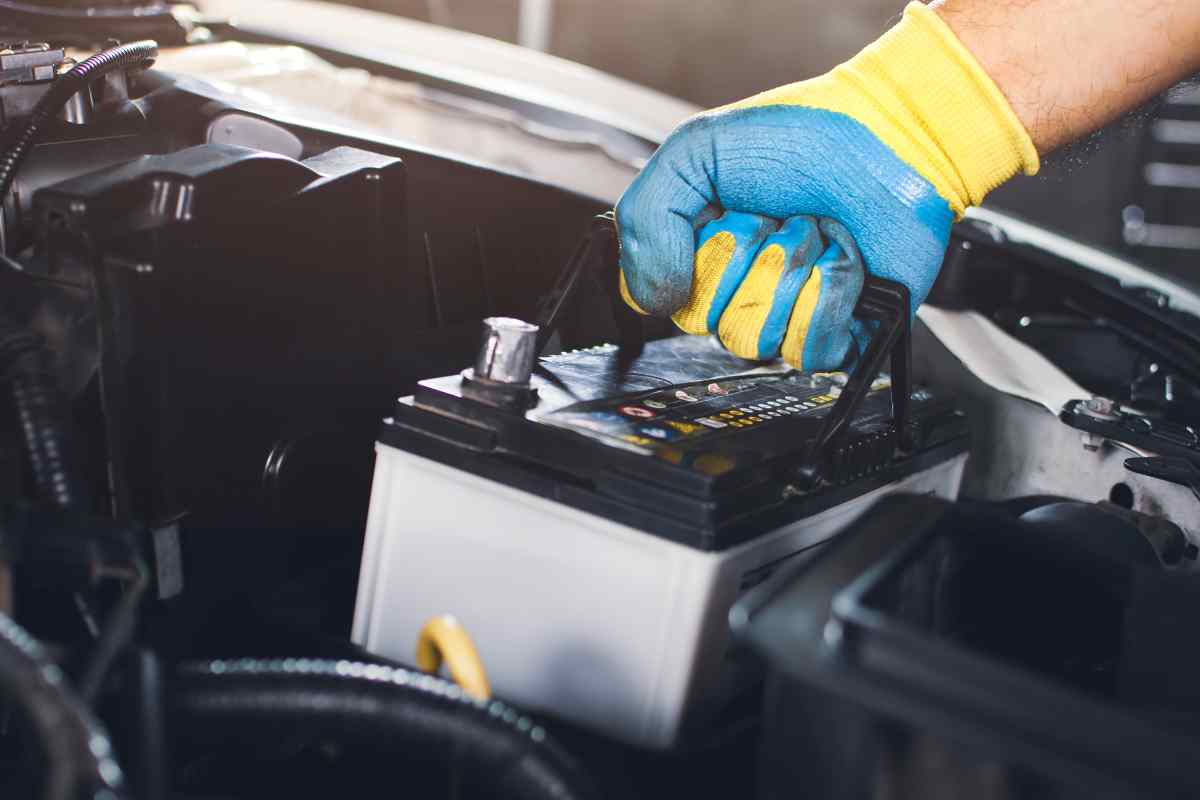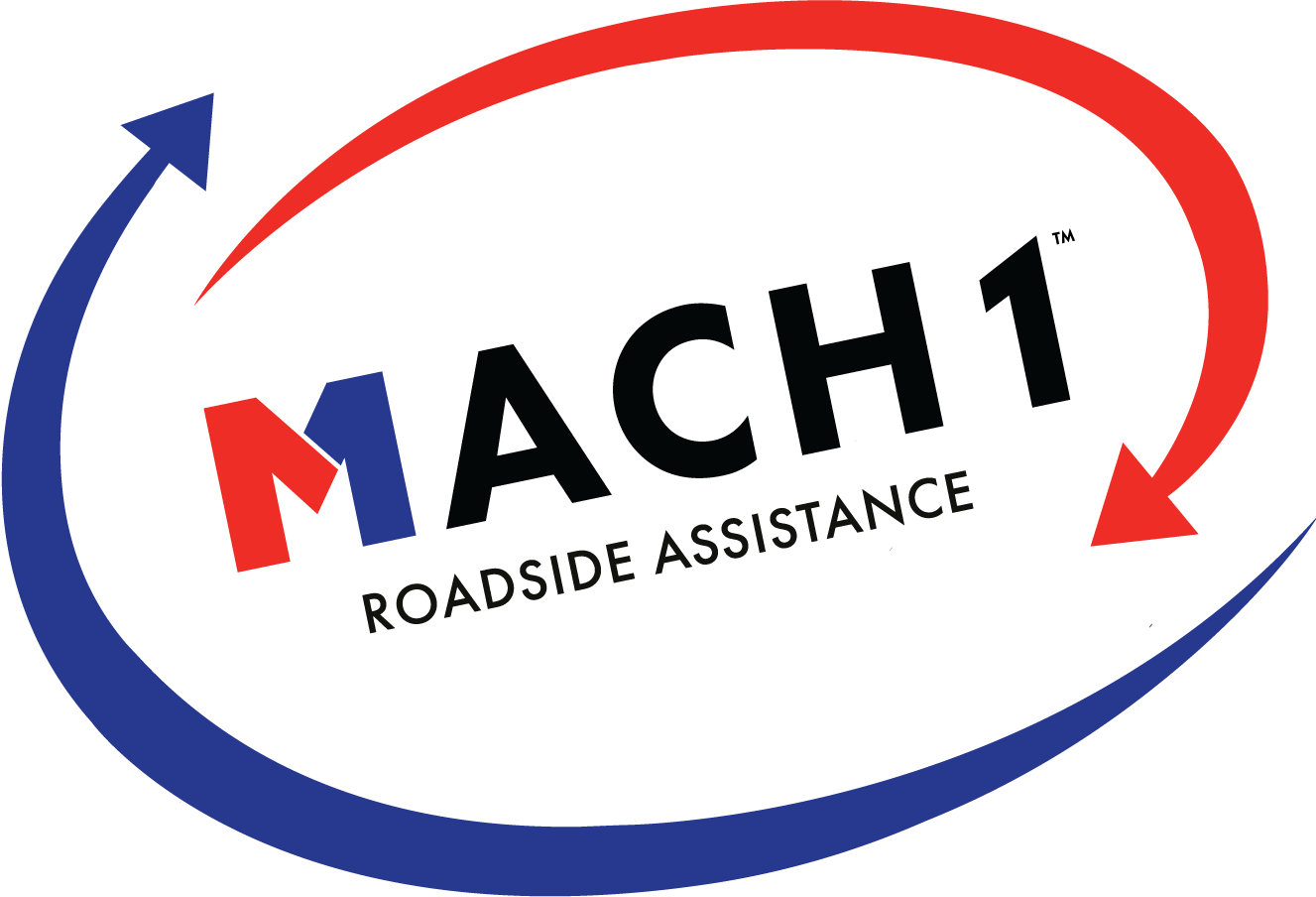
26 Dec 3 Simple Steps to Properly Dispose of Your Car Battery
When the weather gets extreme, sometimes a car battery might take extra time to turn over and start the vehicle. This is typically a sign that the battery itself is low on charge. There’s rarely a reason to need to keep around an old car battery, so how should it be disposed of?
These are the steps to dispose of an old car battery:
- Disconnect the battery
- Replace the battery with a fresh one
- Take the battery somewhere to be recycled
Never dispose of a car battery alongside household trash. It is dangerous to everyone involved, as well as the environment. Keep reading to learn more about properly disposing a car battery.
Why Disposing a Car Battery Correctly is Important
Automotive batteries are full of various chemicals and materials that are harmful to both humans and the environment. However, a lot of these materials can be recycled and reused which negates the need to keep getting and making fresh components to these parts.
Here are some ways that car battery parts can be recycled and reused:
- Sulfuric acid can be counteracted and purified into uncontaminated water, turned into sodium sulfate, or even be reused to make another car battery
- Lead can be melted down, filtered, and even refurbished to use in new parts
- Plastic components can be cleaned and refurbished into new products or parts
Almost the entire car battery can be recycled, limiting the need to produce excessive waste or to gather resources for a fresh one. In fact, 99% of all car batteries are able to be recycled into new ones, with 80% of every battery being made out of recycled materials.
Is a Used Car Battery Toxic?
Car batteries, used or unused, are incredibly toxic. The standard 12-volt battery is typically used for normal recreational vehicles, while a diesel engine commercial vehicle will typically operate on a 24-volt, two battery system instead. These batteries are made with plates submerged in a sulfuric acid and water electrolyte solution. The lead and lead dioxide in these plates create a chemical reaction turning the plates into lead sulfate that allows electricity to run throughout the engine.
If this material ends up in a landfill, those toxic materials can easily seep into the soil and groundwater, contaminating the area and causing numerous disastrous effects for the surrounding environment.
3 Simple Steps to Properly Dispose of Your Car Battery
Thankfully, it is simple to dispose of a car battery properly so that it can be recycled. It doesn’t take much effort on the owner’s part, and some shops will even reward the owner for doing so regardless of the battery’s condition. Always be sure to wear protective equipment when handling batteries, new or used. Additionally, always check batteries for leaks before handling them as these leaks are corrosive and dangerous.
Disconnect the Battery
It’s a little like telling someone to make sure they plug in a device before using it, but the first step to disposing a car battery is to disconnect it.
Here are the steps to safely disconnect a car battery:
- Ensure the vehicle is in a safe location.
- Turn off the vehicle.
- If the vehicle has been running for some time, give it a chance to cool down.
- Open the hood or trunk.
- Unhook any battery clamps.
- Disconnect the negative (black) terminal with a socket or open-ended wrench by cranking counterclockwise.
- Wiggle the negative battery terminal off the battery and move it so it doesn’t touch anything.
- Disconnect the positive (red) terminal and again move it so it doesn’t touch anything.
- Keep a note how these are positioned.
- If there is a battery bracket or brace, remove it.
- Clean the terminals with baking soda and water with a stiff brush. Do not get the solution on any of the posts.
- Clean the battery tray with the same solution.
Batteries are heavy, so be sure not to lift with your back. If possible, lift using your knees to lower the risk of injury. Many automotive shops will do this for free when a fresh battery is purchased if the vehicle was brought in.
Replace the Battery with a Fresh One
After the battery has been disconnected, replace it with a fresh one. Most auto shops will do this in a few minutes if the vehicle was brought into them, but if a battery needed to be installed offsite, here is how to do it safely.
- Securely place the fresh battery, taking care to place it the same way the old one was in.
- Reconnect and tighten the positive (red) terminal first.
- Reconnect the negative (black) terminal.
- Ensure that the cables are snug and unable to move.
- Button up any clasps/clamps/hooks/etc.
- Start the car to ensure it was properly installed.
- Clear tools and shut the hood.
Now that a fresh battery has been installed and is proving to function properly, it is time to dispose of the old battery.
Take the Battery Somewhere to be Recycled
If the vehicle that needs a new battery was taken to an automotive shop, most of the time the staff will be able to replace and dispose of the battery onsite. However, if that ends up not being the case, there are some places that will accept or even purchase used car batteries so that they can be properly disposed of.
Here are some locations that typically take used car batteries for recycling:
- Scrap metal recycling centers
- Local solid waste district collection events
- Battery manufacturer and recycling facility mail-in programs
- Auto care retailers
If unsure if an area will accept car batteries for recycling, it doesn’t hurt to call and ask an associate. The worst-case scenario is that they need to recommend another place to go.
Conclusion
Car batteries are something that almost everyone will have to replace at some point or another. These are dangerous blocks of plastic, acid, and lead which need to be treated with care. Thankfully, they are easy to replace and there are entire services that are capable of recycling them safely, so they do not pose a threat to humans or the environment. In fact, 99% of batteries are recycled and 80% of the battery itself is made with recycled materials.
Always remember to wear protective gear when handling a battery, lift with the knees, disconnect the negative terminals before the positive, and never touch both terminals at the same time. Most automotive shops will replace a battery if the vehicle is brought in to exchange the old with a new battery and might even take an unrelated old battery in for recycling. Otherwise, there are other areas that will accept them, potentially even for cash!
